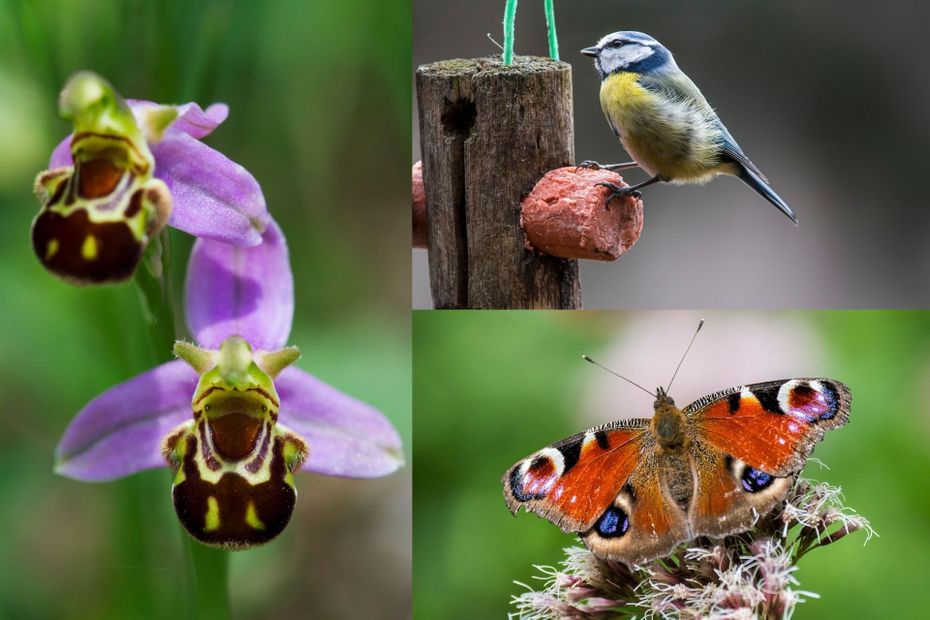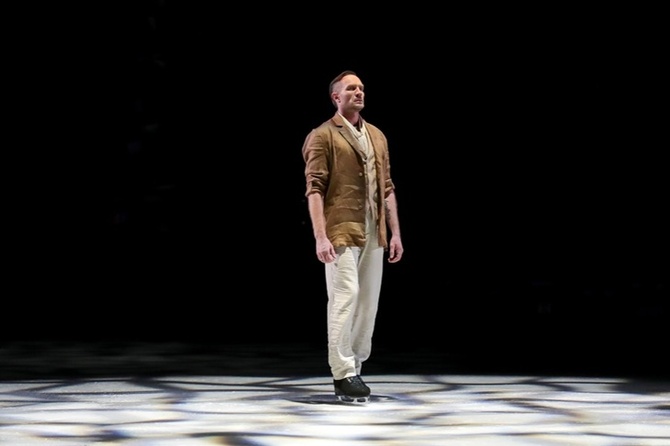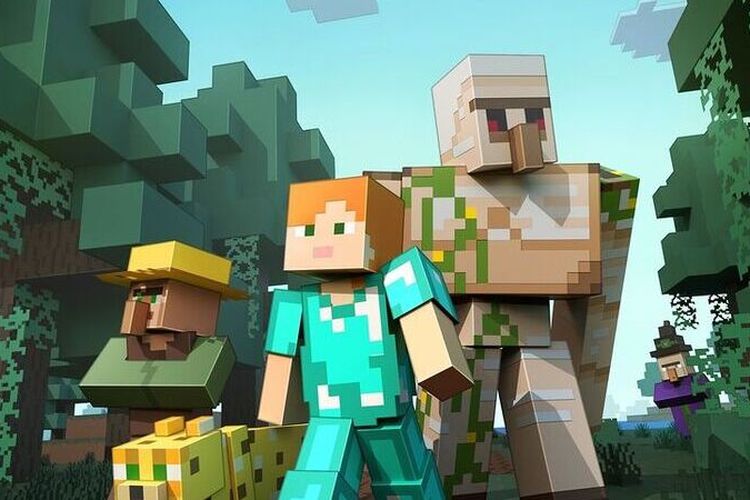From March to August 2022, the inhabitants of the Goise-Champommier-Champclairot district of Niort (Deux-Sèvres) are invited to inventory the plants and animals around their homes. An operation that will enrich the Atlas of municipal biodiversity (ABC) and adapt land development to better preserve it.
A butterfly gathers pollen from a flower, a bird grooms itself on a branch. These scenes are daily on sunny days in the Goise-Champommier-Champclairot district, located on the edge of the bocage in Niort. Without knowing it, the population rubs shoulders with many plant and animal species.
From March 2022, it will be able to list all these species as part of a participatory inventory, the Atlas of municipal biodiversity (ABC). Objective: to better understand the biodiversity in this residential area where many houses have a garden.
An operation led by the city of Niort, in collaboration with Deux-Sèvres nature environnement (DSNE) and the Ornithological Group of Deux-Sèvres (GODS). She will focus on birds, butterflies and orchids. “These are the most present groups in the neighborhood and the easiest to recognize”, explains Christophe Blouin, Project Manager at DSNE. Some species are protected because they are threatened with extinction.
Among the birds, a dozen were selected for the operation: blue tit, black-capped warbler, magpie, robin… common to observe. Finally, the monitoring of orchids will be targeted on seven species such as the yellow ophrys, the bee ophrys, and the autumn spiranthe.
“People think they don’t have the legitimacy of scientists because they don’t know the species. But there is no need for skills, we are here to guide them!” Workshops to recognize species and identification documents are offered throughout the operation to residents.
For the protocol to follow, there is no need to get on all fours in the ground or to climb a tree. “You just have to sit in your garden or in a public space and stay 10 minutes without moving”, explains Christophe Blouin. Then, four steps to follow: observe the species, take a picture of it, identify it and fill out an observation form on the Nature79 website. “The ideal being to do it daily at the same time of the day.”
The inventory will not only improve knowledge of local biodiversity, but also guide the municipality’s planning decisions to better preserve living things. “By involving citizens with us in this participatory inventory, we will move forward much faster to know the needs of our territory”rejoices Thibaut Hebrard, deputy in charge of sustainable development and the environment. “
Before, we built on available land without asking the question of biodiversity“, Relate-t-il. “Today, all that has changed. We systematically consult naturalists as soon as we want to renovate a building, develop a public square or create a road to take into account the presence of plant or animal species..”
The elected official is pleased to multiply actions in favor of the environment with his municipal team. “The creation of walkways under bridges for European otters, bat roosts, and soon hedgehog passes between private gardens”he lists. “All these actions, including the participatory inventory, allow us to better understand the presence and movement of biodiversity in the city.”
To participate in the participatory inventory of the Goise-Champommier-Champclairot district from March to August 2022, registration is compulsory by telephone on 05 49 78 74 77 or by email at [email protected]
–


